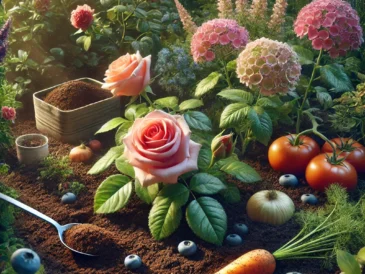Flowers
- Milkweed
- Lupines
- Coneflowers (Echinacea)
- Black-eyed Susans
- Columbines
- Delphiniums
- Blanket Flowers
- Primroses
Herbs
- Lavender
- Thyme
- Parsley
- Dill
Trees and Shrubs
- Oak
- Maple
- Birch
- Cherry
- Elderberry
- Serviceberry
Perennials
- Peonies
- Hellebores
- Astilbes
- Bee Balm
- Phlox
Fruits
- Strawberries (wild varieties)
- Blueberries
- Apples (from seed)
- Pears (from seed)
Vegetables
- Parsnip
- Spinach (some varieties)
Wildflowers
- Butterfly weed
- Joe-Pye weed
- Wild violets
- Shooting stars
Grasses
- Blue fescue
- Switchgrass
- Prairie dropseed
When to Cold Stratify Seeds
Timing is crucial. Most seeds needing stratification should start the process about 4-12 weeks before planting in spring. Always consult the specific requirements of your plant species, as stratification times can vary widely.
Final Tips for Successful Cold Stratification
- Moisture is Key: Keep the medium (sand, soil, or paper towel) slightly damp but not soggy to avoid mold.
- Label Everything: Clearly mark containers or bags with the plant name and date started.
- Check Periodically: Inspect seeds during stratification to ensure they’re not drying out or rotting.
- Transition Slowly: After stratification, gradually acclimate the seeds to room temperature before planting.
By mastering cold stratification, you’ll open up a world of possibilities for growing diverse and beautiful plants in your garden. Whether you’re germinating wildflowers or starting fruit trees from seeds, these techniques will give you the best chance of success. Happy gardening! 🌱




